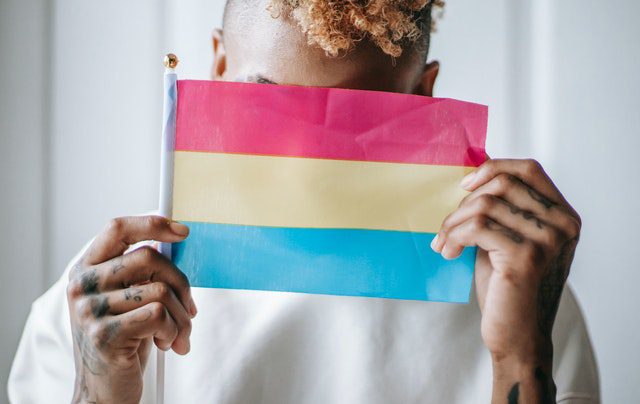
Pansexual Pride Flag
We have reached a point within society where more and more people are standing together and standing up for themselves than ever before. We are seeing beautiful acts of unity and strength across the world. And most importantly, we are joining forces with beautiful people who are very different from ourselves.
As important as it is to find the beauty in diversity, there is still a need for individual people who share traits to form supportive and accepting communities in their own right. It is for this very reason that even within the world of gender identity, we find subgroups who form an essential part of the bigger picture.
One of these subgroups is the pansexual community. This community is made up of individuals who define their sexual orientation as pansexual, but their gender identities can be varied. Some people who identify as pansexual can also identify as cisgender, and others can identify as transgender, in fact, people who identify with the pansexual flag can fit anywhere into the gender spectrum, or even find their place beyond it.
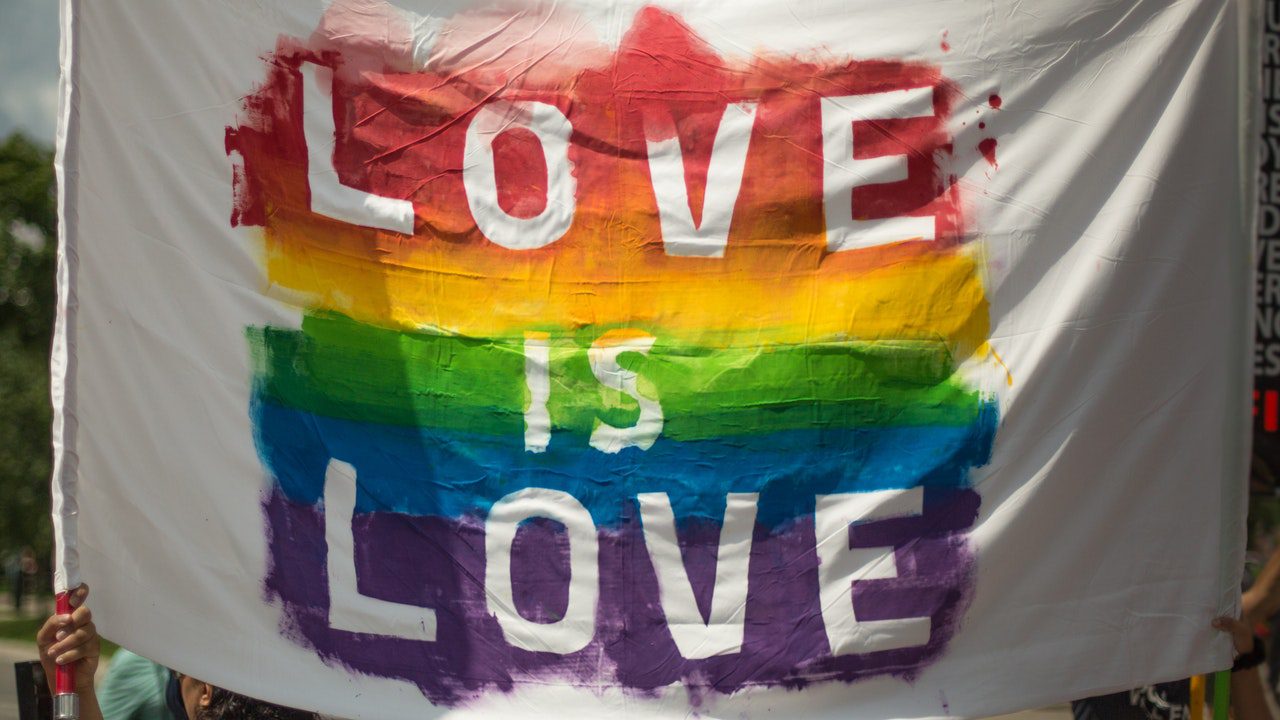
Gender Identity
Probably the most important element of gender identity that we need to remember is that it is a very personal and individual experience. For many people, their gender identity ties in fairly nicely with their biological sex. However, this is not the case for everyone. At the same time, we also need to differentiate between gender identity and sexual attraction. These two elements can function entirely apart from one another, and further still there is romantic attraction to consider.
Gender identity, in its simplest form, just refers to how an individual interacts with society at large in terms of how they express their gender and how that expression is received. Bear in mind here that we do not refer to gender in the same binary terms as we would biological sex. Rather, we are talking about the entire gender spectrum and even beyond that.
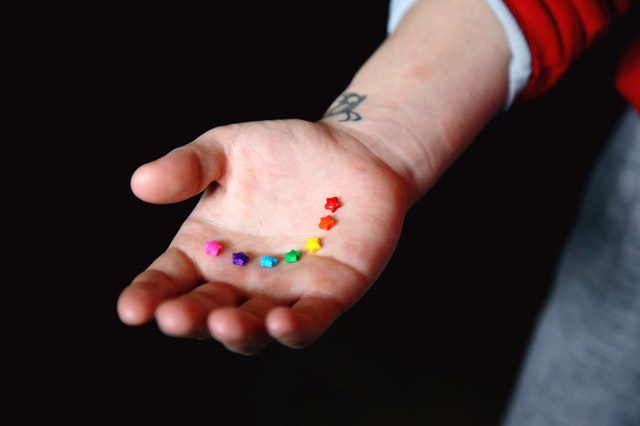
Gender Binary
What we mean by the term 'gender binary' is the concept that has long existed in the general population that there are only two genders. This has, more recently, fallen out of popularity as findings have indicated that gender identity stretches unimaginably further than the previously accepted binary approach to gender.
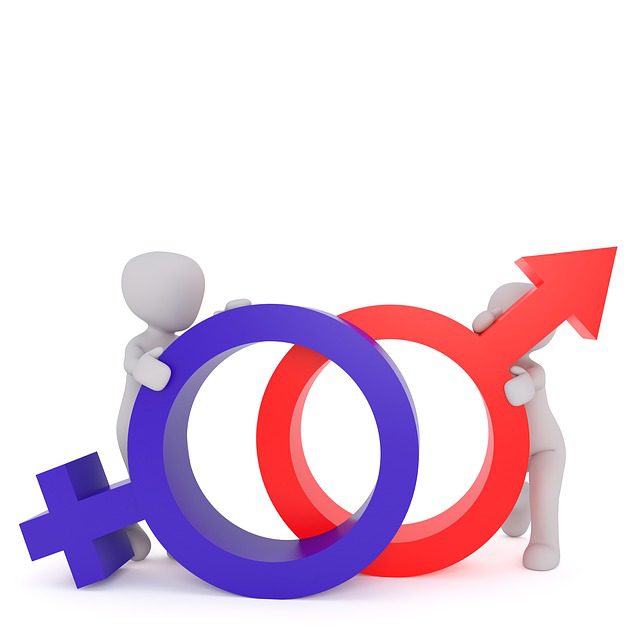
Sexual Orientation
When we start exploring gender identity, it often naturally follows to want to talk about sexual orientation. Sexual orientations refer to how an individual is sexually and/or romantically attracted to another person.

Sexual Attraction
This exclusively refers to what traits sexually attract one individual to another. It is purely a sexual matter and has nothing to do with feelings of fondness or romantic attractions.
Romantic Attraction
This refers more to having a deep and emotional attraction or connection with someone and can function separately from a sexual attraction.
Pride Flag
Now that we have covered some general ground, we can think about moving on to actually talking about the flags. Firstly, we need to acknowledge that there are many pride flags. They serve different purposes depending on the nature of what they represent. But, generally, the point of having a flag for anything is to convey, well, pride.
Flags are symbols that people can unite under, something that can help identify them as part of a significant group. Flags demand respect for what they represent. They demand representation in and of itself. And it is for these reasons that a pride flag is so important.
Overarching all other pride flags, there is notably one original pride flag that was initially designed by Harvey Milk and has been in circulation since 1977.
The original pride flag is widespread and easily recognizable. Many of the general population would have no difficulty picking it out of a line-up. It is the standard rainbow flag that most of today's generation has grown up with.
It has also formed the design foundation for many subsequent flags. Most specific pride flags are strongly inspired by the original rainbow flag.
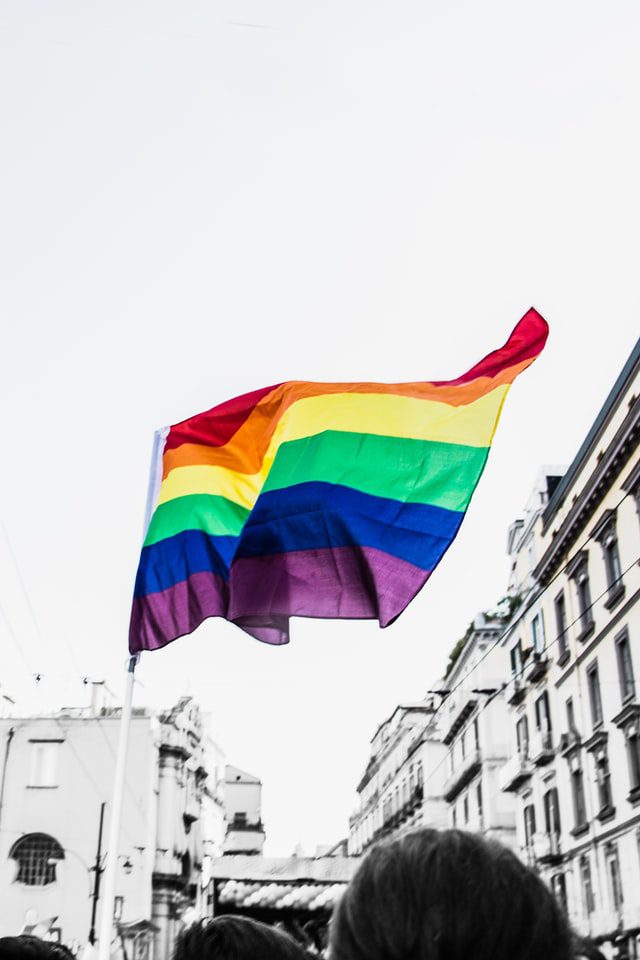
Pansexual Flag
One of the pride flags that was inspired by the rainbow pride flag is the pansexual pride flag that we are here to talk about. The pansexual flag signifies the importance and individuality of pansexuality.
What does it mean to be pansexual?
Well, let's consider this question for a moment. Pansexuality refers to an attraction to anyone from any gender. External sexual characteristics are often largely unimportant to people who identify as pansexual. They can be sexually or romantically attracted to any person on the gender identity spectrum.
It is important that we not confuse this with bisexuality, which we will discuss more in the next section.
Pansexual Flag and Where it Came From
The pansexual flag originated from an online pansexual community some 12-years ago and was designed specifically to separate the pansexual community from the bisexual community.
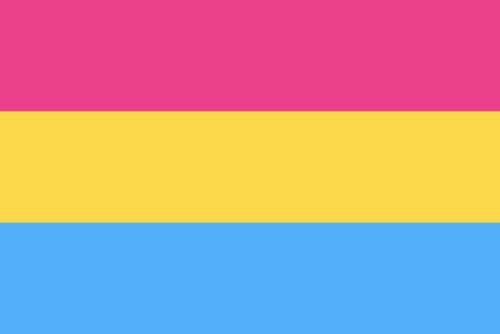
The pansexual pride flag follows the basic principle of the rainbow flag. It consists of only three stripes though.
At the top is a salmon pink stripe that symbolizes people who identify as female. At the bottom, there is a blue stripe that symbolizes people who identify as male. In the middle, there is a canary yellow stripe that symbolizes all other individuals on or beyond the gender spectrum. It is this part that sets the pansexual pride flag apart from the bisexual pride flag and clearly shows the important difference.
Bisexual Pride Flag
The bisexual pride flag looks quite similar in that it also has the pink and blue horizontal stripes that are prominent on the pansexual pride flag, but where the yellow stripe is on the pan flag, the bi flag shows a thinner purple stripe. This indicates an overlap between the two genders that bisexual people are attracted to.
Both the bisexual and pansexual flags are important fixtures within the LGBTQ community and are important additions to the collection of LGBTQ flags.
Transgender Pride Flag
We also need to look at an important difference between what is meant by 'transgender' and what is meant by bisexual.
As we have established, there are more than two genders and also more than two sexual orientations.
Bisexuality refers to sexual orientation. Specifically, what a person is sexually or romantically attracted to in another person. Transgender refers to gender identity. So a transgender person can also be bisexual. A pansexual person can also be transgender, but a bisexual person cannot be a pansexual person as well.
To illustrate this more clearly, with the help of flags, let's take a quick look at the transgender pride flag.

The transgender pride flag, much like the other flags discussed here, follows the rainbow pride flag design. It starts with a light blue stripe, then has a light pink stripe, then a white stripe, then another light pink stripe, and a last light blue stripe. Therefore it has five horizontal stripes in total.
So an individual who uses the transgender pride flag can also use either the pansexual flag or the bisexual pride flag, but the two cannot be used together as both represent a sexual orientation where the transgender pride flag represents a gender identity.
Brief Descriptions of Other Pride Flags
As can be expected, there has been a concerted effort made to have a flag for all gender identities so that everyone has a place. Even those who believe only in platonic and aesthetic attraction. We are no longer relying solely on the rainbow stripes that most of us are used to.
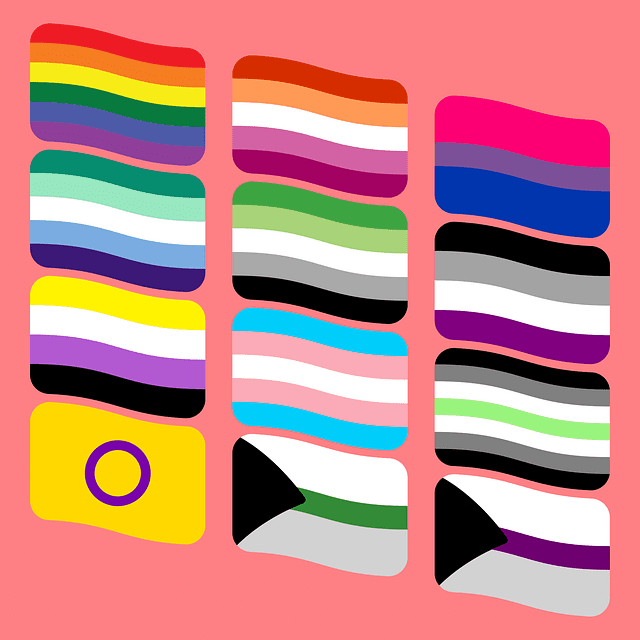
Lesbian Pride Flag
The lesbian pride flag likewise follows the familiar horizontal stripes format and displays several shades of orange and pink, also featuring a white stripe. The lesbian pride flag was designed to identify the lesbian community. However, the exclusive use of the lesbian pride flag is rare, as most will choose the traditional rainbow pride flag design.
Asexual Pride Flag
The asexual pride flag displays four horizontal stripes, it starts with black at the top, then dark gray, a lighter gray, and finally a purple stripe. The asexual pride flag is meant to represent the asexual community at large.
Progress Pride Flag
The progress pride flag is a combination of several different pride flags that have enjoyed popularity over the years. The progress flag is an interesting one because it is an amalgamation of all of these other flags that have long since been associated with the LGBTQ community and are now coming together in harmony on the progress flag.

Aromantic Pride Flag
The aromantic flag cascades from black at the top through to a light green stripe, followed by a dark green stripe.

Agender Pride Flag
The agender flag looks like the aromantic pride flag but turns itself inside out. It has two light green stripes at the top and bottom and then tapers inward in varying shades of grey, black, and white. The agender pride flag should not be mistaken for the aromantic flag as the two represent different communities.
Genderqueer Flag
The genderqueer flag has a lavender stripe at the top, a green stripe at the bottom, and a white stripe in the middle. The genderqueer flag unites the queer community at large and celebrates gender expression and gender identities as a whole.
Intersex Flag
The intersex flag is a yellow background with a purple ring in the center.
As you can see, there is no shortage of pride flags to choose from and there should be an abundance of colors visible in the pride parade to pay homage to all gender identities and sexual identities alike.
Why is the Pansexual Pride Flag Important Then?
The answer to this question is simple. It is important because, like any other sexual orientation and gender identities encompasses a community, and this community of people deserves to be celebrated. A pride flag of their own gives them this chance and helps to identify them as an important entity. It also helps them to identify others within the same community.




